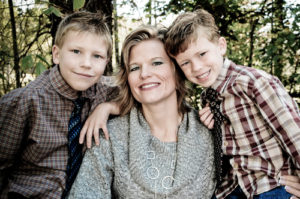
The percentage of children living in a mother-only household has tripled since 1960, from 8 to 24 percent, reports University of Texas sociologist Shannon Cavanagh in a review of new census data prepared for the Council on Contemporary Families.
There are now more children living in single-mother households than in male breadwinner-female homemaker families. Only 4 percent of children live with a single father, but this is a four-fold increase since 1960.
In 1960, 9 out of 10 children lived in two-parent households; today fewer than 7 out of 10 do so. And this figure, Cavanagh points out, understates the extent of change. Demographers estimate that half of all children will spend some part of their childhood outside a married-couple nuclear family.
Cavanagh discusses the complex relationship between education, family structure, and poverty. Children in married-couple families, she confirms, are less likely to be poor than children in single-parent families, especially when their parents have a college education. But people from low-income backgrounds are less likely to marry and much more likely to divorce than individuals from higher-income families. And access to education, as well as to marriage, has become increasingly unequal over the past 40 years. Between 1970 and 2013, the percentage of youths from high-income families who had earned a four-year college degree or higher by age 24 rose from 40 to 77 percent. But the percentage of young people from the lowest income bracket who had earned a degree rose much more modestly, from 6 to 9 percent.
Financial security helps children more than a particular family structure. While having two parents may help in keeping children out of poverty, writes Cavanagh, it is no guarantee: Witness the fact that that there are almost as many poor or near-poor children in two-parent families as in one-parent ones.
“Financial security, even more than household composition, shapes children’s everyday experiences in ways that contribute to growing inequality,†says Cavanaugh. “Although having a second parent in the household may be important, having financial resources may be even more important, and having a second parent by no means guarantees such resources,†concludes Cavanagh.
Link here to read the full briefing report, An Analysis of New Census Data on Family Structure, Education, and Income.



